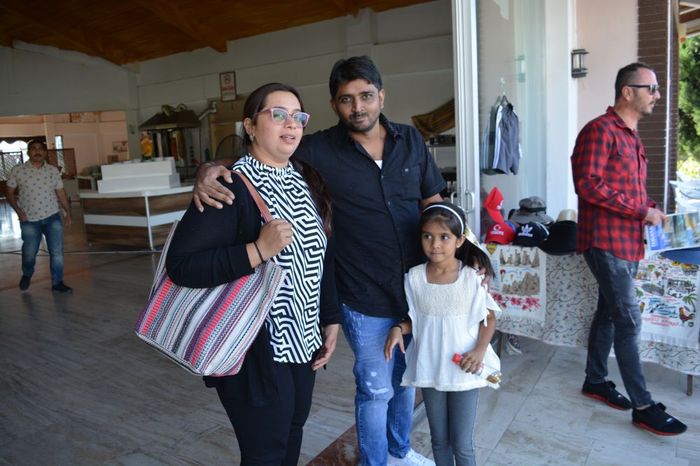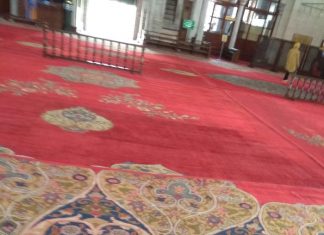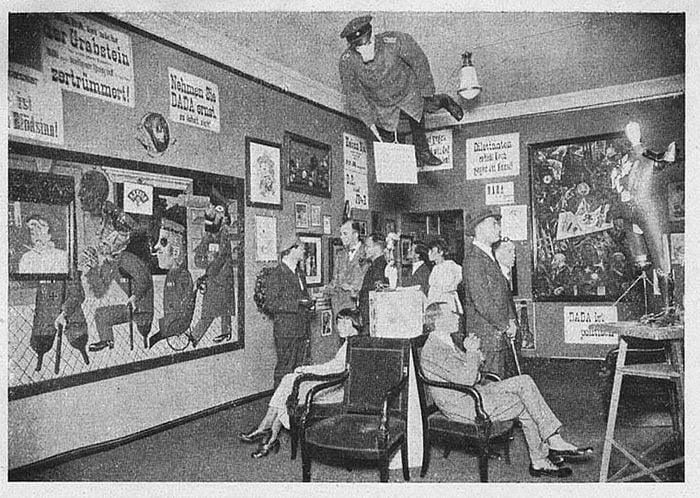The many cases of idolatry and various deflections from the Law which the prophets denounce are not, of course, cases in point. It is the statues made and used with the full approval of the authorities which show that the words, “Thou shalt not make to thyself any graven image”, were not understood absolutely and literally. It may be that the Hebrew translated “graven image” had a technical sense that meant more than a statue, and included the idea of “idol”; though this does not explain the difficulty of the next phrase. In any case it is certain that there were “likenesses of that which is in the sky above and on earth below and in the waters” in the orthodox Jewish cult.
Garlands of fruit and flowers
Whatever one may understand the mysterious ephod and theraphim to have been, there was the brazen serpent (Numbers 21:9), not destroyed till Ezechias did so (2 Kings 18:4), there were carved and moulded garlands of fruit and flowers and trees (Numbers 8:4; 1 Kings 6:18; 7:36); the king’s throne rested on carved lions (1 Kings 10:19-20), Iions and bulls supported the basins in the temple (1 Kings 7:25, 29). Especially there are the cherubim, great carved figures of beasts (Ezekiel 1:5; 10:20, where they are called beasts), that stood over the ark of the covenant (Exodus 25:18-22; 1 Kings 6:23-8; 8:6-7, etc.).
But, except for the human heads of the cherubim (Ezekiel 41:19, Exodus 25:20, the references to them when combined seem to point irresistibly to some such figures as the Assyrian winged bulls with human heads), we read nothing of statues of men in the lawful cult of the Old Testament. In this point at least the Jew seems to have understood the commandment to forbid the making of such statues, though even this is not clear in the earlier periods. The ephod was certainly once a statue of human form (Judges 8:27; 17:5; 1 Samuel 19:13, etc.), and what were the theraphim (Judges 17:5)? Both were used in orthodox worship.
During the Machabean period, however, there was a strong feeling against any kind of representation of living things. Josephus tells the story of Herod the Great: “Certain things were done by Herod against the law for which he was accused by Judas and Matthias. For the king made and set up over the great gate of the temple a sacred and very precious great golden eagle. But it is forbidden in the law to those who wish to live according to its precepts to think of setting up images, or to assist any one to consecrate figures of living things. Therefore those wise men ordered the eagle to be destroyed” (“Antiq. Jud.”, 1. XVII, c. vi, 2).
Read More about Antiochus Strategos part 25








